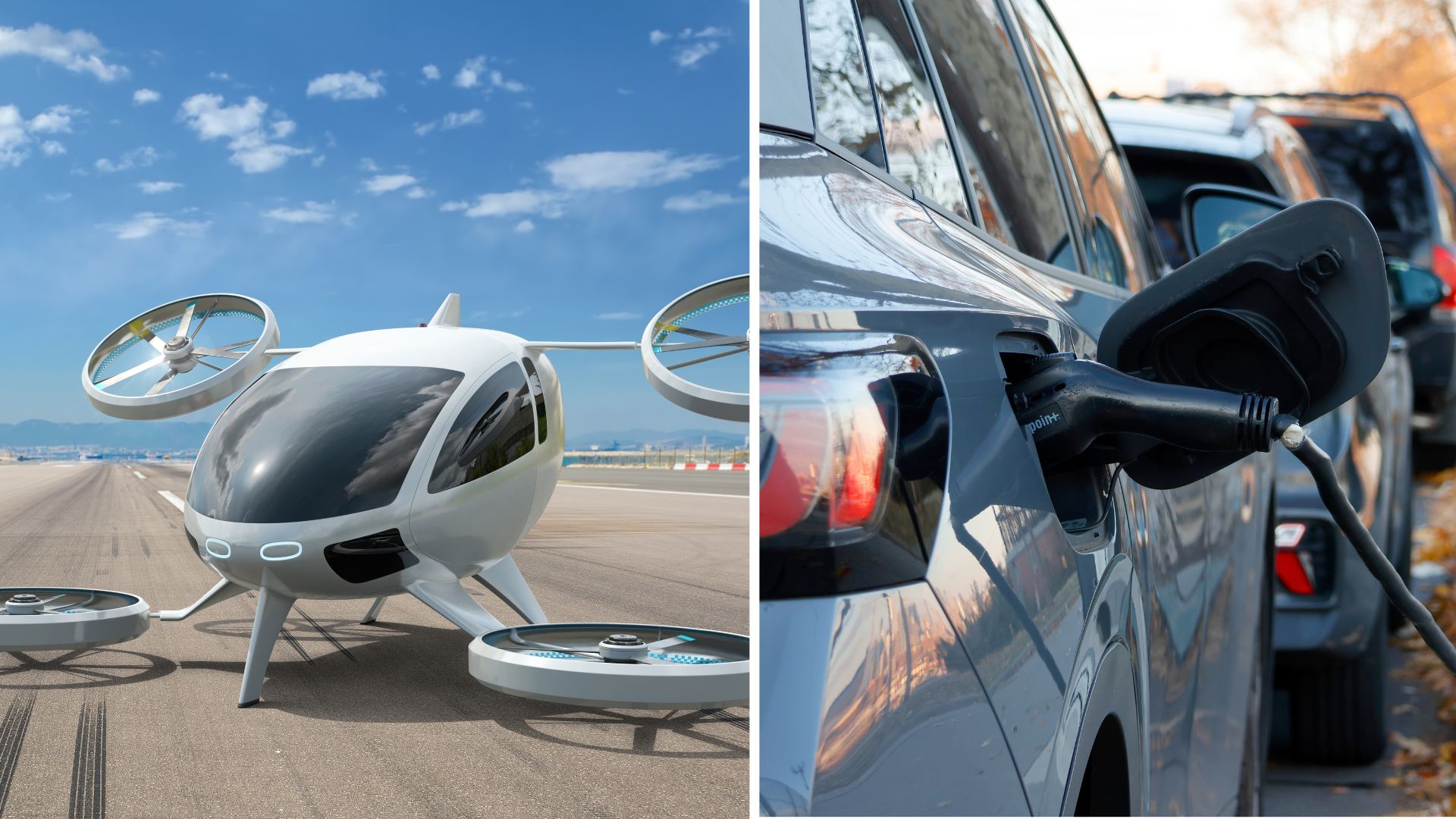A Swedish firm has recently demonstrated its battery cell simulator that can boost EV performance. Aliaro revealed that its Battery Cell Simulator (BCS) empowers users to verify the Battery Management System’s (BMS) functionality.
The system simulates both the battery cells and sensors to ensure that communication, safety functions, cell balancing, and fault monitoring algorithms work as expected.
Simulator allows test teams to verify Battery Management System’s functionality
Demonstrated during an event organized by Emerson (formerly NI), the system showcased its effectiveness.
The company revealed that when testing the embedded software on the BMS, safety, availability, or cost considerations can make it impractical to perform the necessary validation tests using a complete test system.
“The simulator allows test teams to verify Battery Management System functionality in a lab environment without using the real battery. The Battery Cell Simulator can be used in both production and validation testing, which will enable a unified testing workflow,” said Aliaro in a statement.
Battery cell simulators use a combination of electrochemical models
Aliaro also underlined that its battery cell simulators use a combination of electrochemical models and empirical data to simulate the behavior of lithium-ion battery cells. This allows for accurate predictions of battery performance under different operating conditions.
Its systems can be used to evaluate the effect of different battery design parameters on battery performance, such as electrode thickness and porosity. This provides insights into the optimal design of battery systems for EV applications.
Battery models can be deployed on the test system to test battery characteristics with real batteries.
EV manufacturers can improve the performance of their vehicles
“By optimizing battery designs and evaluating battery performance, EV manufacturers can improve the performance of their vehicles. This can include increasing range, reducing charging time, and improving overall efficiency,” said Aliaro.
The company also highlighted that using a battery cell simulator can save time and resources by reducing the need for physical testing of battery cells. This allows for faster and more cost-effective development of battery systems for EV applications.
The Battery Cell Simulation modules simulate/replace the real battery with Open, short, and ground hardware fault insertion functionality by default.
xVolt Battery Cell Simulator demonstrated
The system can simulate all characteristics of a battery cell or battery pack using simulation hardware and/or mathematical models using Simulink.
It can be deployed quickly using existing models, tools, and workflows. Test systems need to be up and running quickly with fast delivery schedules.
The test methodology reduces the need for costly real-world tests, minimizing cost and ensuring reliability. Maximize system reuse with a flexible tester designed to be extended and customized to meet changing requirements.
The company showcased xVolt Battery Cell Simulator during recently held ‘NI Days India 2025’ event.
